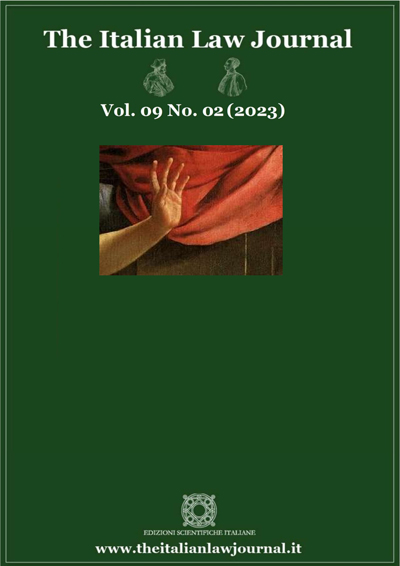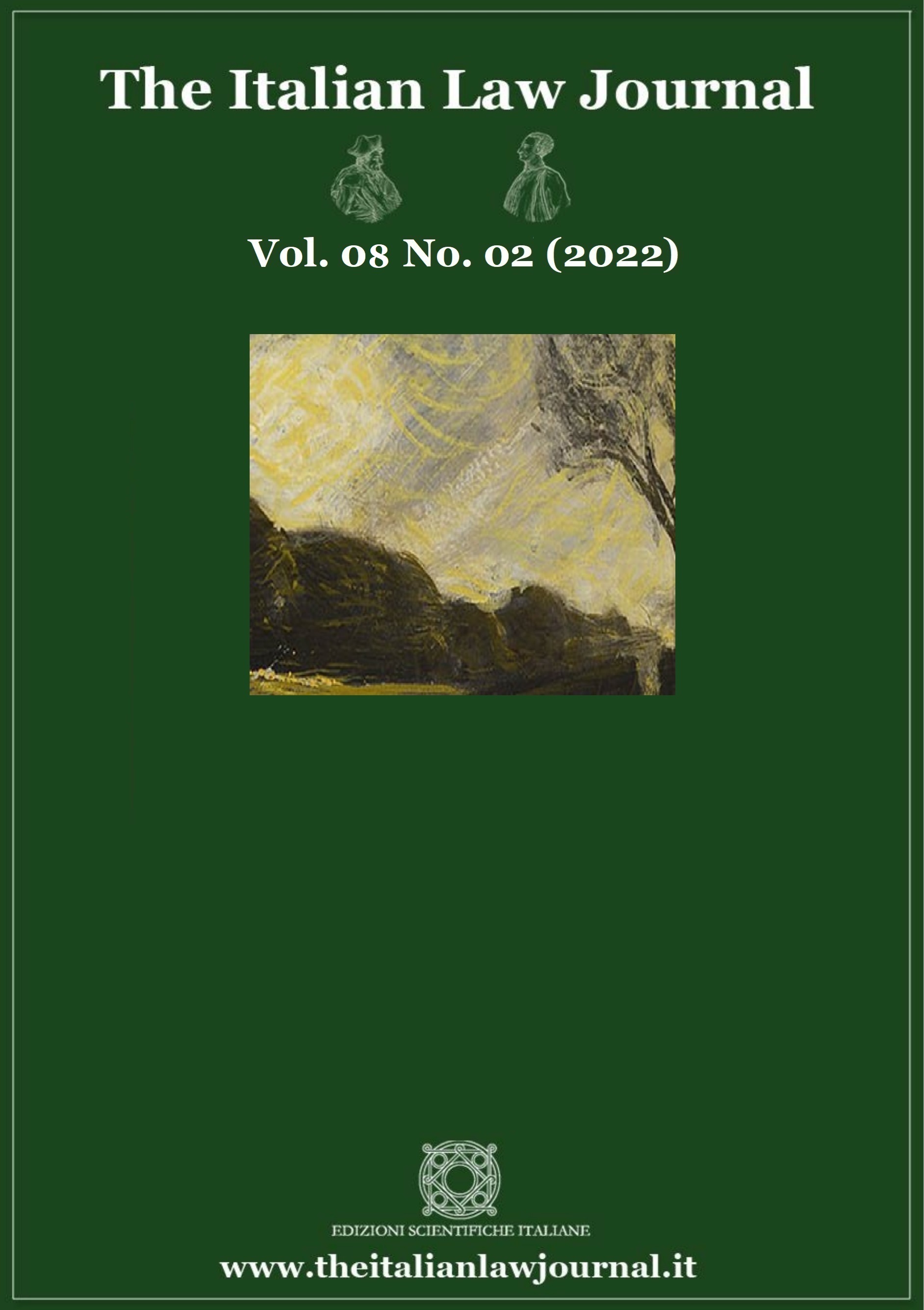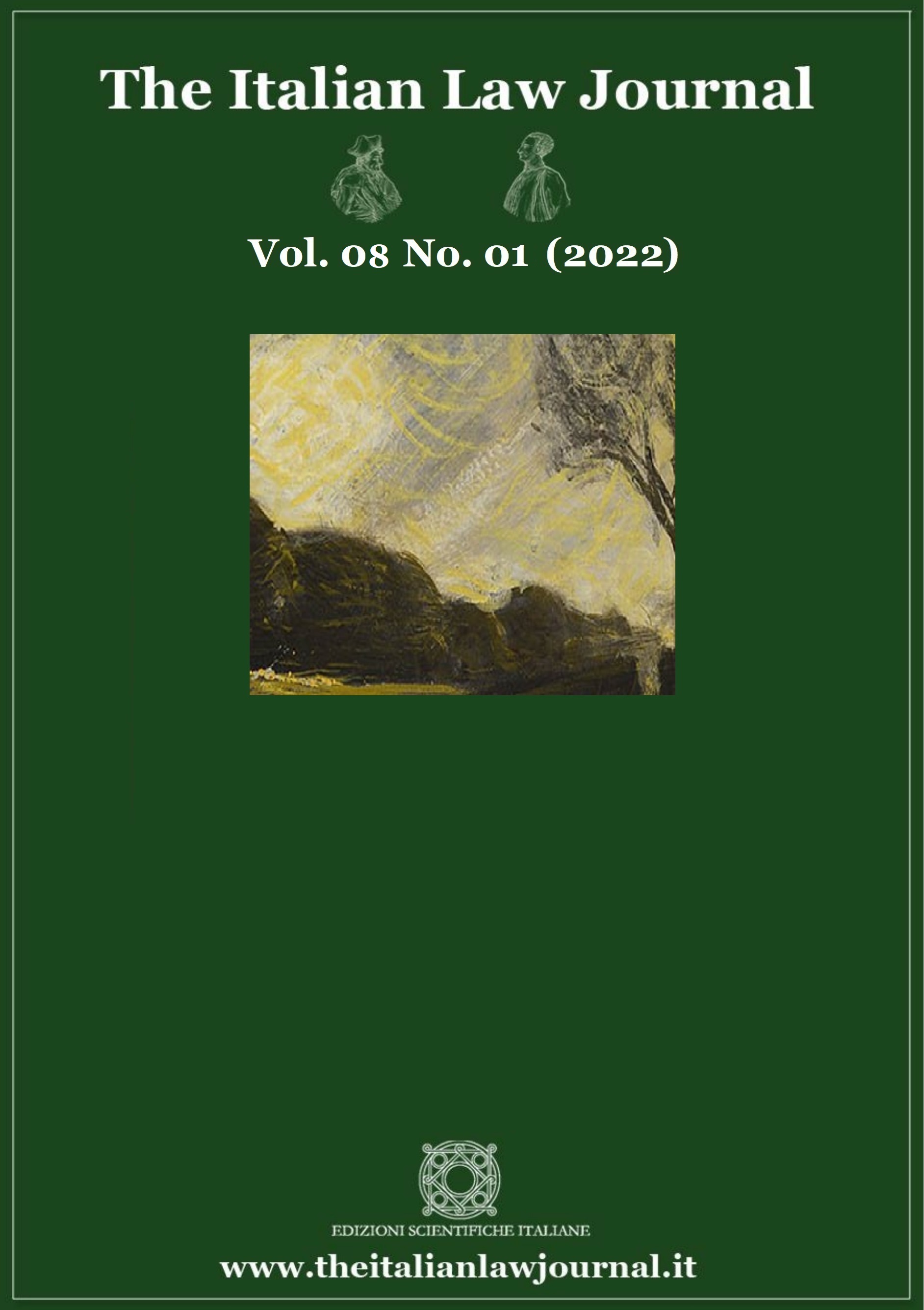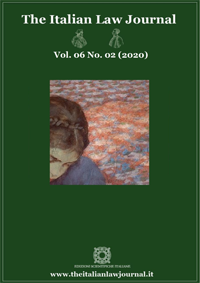6 THE ITALIAN LAW JOURNAL NO. 2 (2020) A Model of Liability for Harm Caused to the Patient by Use of Bioprinting Technologies: A View into the Future by Dmitry E. Bogdanov The rapid development of bioprinting technology creates serious challenges for the legal system, which is lagging behind scientific and technological progress in its development. Lawmakers and the judiciary will soon be forced to answer the questions posed by the new technological revolution. The main area of legal regulation is that bioprinting will have a serious impact on is tort liability, since the use of this technology will be associated with harm to the health of patients. DOI 10.23815/2421-2156.ITALJ ISSN 2421-2156
There is a question about rules to follow when compensating for harm to the patient. The article considers various models of liability for harm to the patient caused by the use of bioprinting technologies. The article concludes that the patient’s voluntary informed consent to treatment using bioprinting technologies can be qualified as the patient’s acceptance of the risk of possible adverse consequences that are beyond the control of the medical organization. Such consent may be qualified as a circumstance that is the basis for releasing a hospital from liability for harm caused to a patient when using bioprinting technologies.The rapid development of bioprinting technology creates serious challenges for the legal system, which is lagging behind scientific and technological progress in its development. Lawmakers and the judiciary will soon be forced to answer the questions posed by the new technological revolution. The main area of legal regulation is that bioprinting will have a serious impact on is tort liability, since the use of this technology will be associated with harm to the health of patients.
There is a question about rules to follow when compensating for harm to the patient. The article considers various models of liability for harm to the patient caused by the use of bioprinting technologies. The article concludes that the patient’s voluntary informed consent to treatment using bioprinting technologies can be qualified as the patient’s acceptance of the risk of possible adverse consequences that are beyond the control of the medical organization. Such consent may be qualified as a circumstance that is the basis for releasing a hospital from liability for harm caused to a patient when using bioprinting technologies.


























